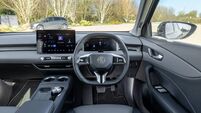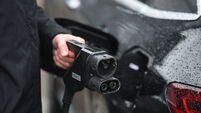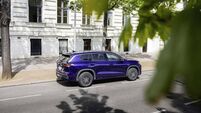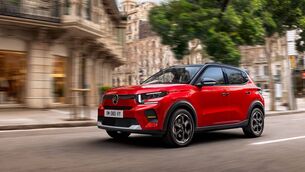Kia Sportage review: an evolution from tat to triumph
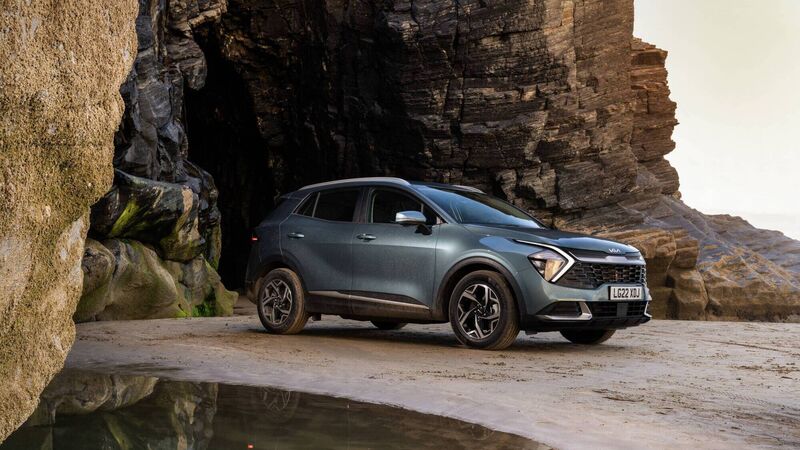
The all-new Kia Sportage
|
KIA SPORTAGE |
|
|---|---|
|
|
★★★★☆ |
|
|
from €38,000 - €43,000 as tested in GT-Line trim |
|
|
a 1.6 diesel in mild hybrid format |
|
|
pretty comprehensive and bang-up-to-the-minute |
|
|
dull but immensely popular |

